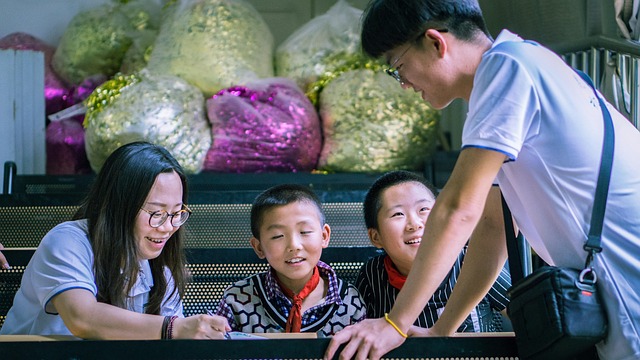
Crafting a Winning Csapat Strategy: Long-Term Goals in Science, Technology, and Workplace Culture
In today’s fast-paced world, aligning long-term goals within the realms of science, technology, and workplace culture has never been more paramount. A successful Csapat strategy must blend these elements seamlessly to foster innovation and growth.
The field of science has always been the cornerstone of progress. As we look ahead, the need for sustainable practices and research that addresses global challenges must become our long-term goal. For organizations, this means investing in research and development that prioritizes not just speed but also a consideration for impact and sustainability. By nurturing scientific inquiry and encouraging interdisciplinary collaboration, companies can create a robust foundation that supports not just immediate returns, but also the long-term health of our planet and community.
In parallel, technology continues to evolve at breakneck speed. Developing a long-term technology strategy involves focusing on adaptability and the ethical implications of new innovations. It’s essential to create an environment where tech is used responsibly, enhancing productivity while also supporting employee well-being. This means opting for tools and systems that are user-friendly and promote efficiency without compromising the human element of work. Consider fostering a culture of continuous learning where employees are encouraged to upskill and stay abreast of technological advancements; this will serve both individual growth and organizational resilience.
Moving to the core of workplace culture, it becomes clear that a thriving workplace must reflect shared long-term goals. Organizations should strive to create a culture that values transparency, collaboration, and respect. By promoting inclusivity and encouraging diverse perspectives, companies can cultivate an environment where innovation thrives. When employees feel valued and understood, they become more engaged, leading to higher productivity levels. This cultural cohesion not only fuels organizational growth but also ensures that teams are united in their vision for the future.
Ultimately, crafting a winning Csapat strategy is about recognizing the interconnectedness of these domains. Achieving these long-term goals requires commitment and forward-thinking. Engaging with employees not just as resources, but as partners in driving change, can lead to the development of initiatives that resonate with their values and aspirations. As organizations commit to these long-term strategies in science, technology, and workplace culture, they are better equipped to navigate the complexities of the future.
In this dynamic landscape, let’s embrace the challenge of implementing a Csapat strategy that not only defines our present but also paves the way for a brighter and more sustainable future. Together, we can break down barriers and harness our collective strength to achieve those long-term goals that resonate across disciplines and pave the way for transformative impact.


